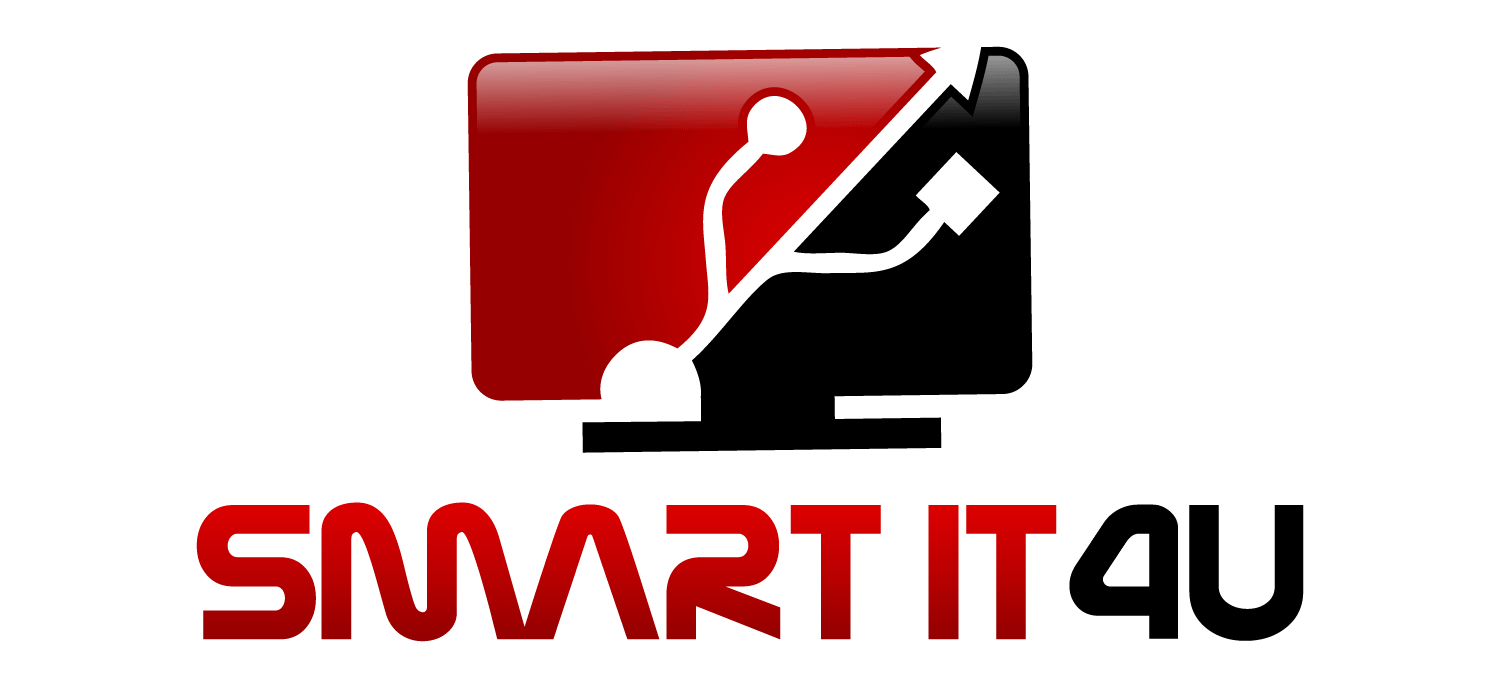Cloud computing is a huge subject with many complex elements that can, at first, seem incredibly complicated. To provide a simplified explanation of the subject I have written this guide.
Definition of Computing
To start with we need to understand something about the word computing as used in this context. The dictionary (or at least dictionary.com) describes computing as “the use of a computer to process data or perform calculations”. This serves as a reasonable definition of computing, but does leave use with the question of what we consider as a computer. For the purposes of this explanation we will consider a computer as an electronic device built for the purpose of processing data and performing calculations.
To process data a computer needs to know what data to process and this is input data. The computer also needs to know what process to perform on the data and this is typically referred to as the program. After processing the data the computer will present data to the user; data output. To process data the computer needs the ability to move data about and to perform calculations on that data. The computer needs some short term storage to perform calculations and this is called memory. This memory is sometimes referred to as RAM (Random Access Memory).
As well as memory a computer needs to be able to process instructions. These instructions are written in the form of computer programs. A computer uses a CPU (Central Processing Unit) to process the instructions. These two elements, the CPU and the RAM make up the computing power. This is often referred to as compute power.
Computer Storage
As well as the computing ability needed for a computer to function there is also a need to have longer term storage. Storage is somewhere for files to be kept even when the computer isn’t running. Unlike the memory mentioned earlier storage is used to keep files between the times when the computer is active.
The three items already discussed in this article can be found in all laptops, desktops or other computing devices. In a typical laptop you will have a CPU or processor, memory or RAM and storage such as one or more disk drives.
Cloud Computing
Until now we have considered the compute capability and storage being contained in a single physical device. That device could be a desktop, laptop, tablet or smartphone. This configuration has certain limitations, you need physical access to the device to use it and if it breaks it generally won’t be able to do any computing. This model was the prevailing way to use computers until the internet (and other technologies such as virtualisation) became commonplace.
The advent of virtualisation meant that one physical computer could be divided up into many virtual computers. The widespread use of the internet meant that lots of these virtual computers could be accessible from anywhere in the world. These two capabilities gave rise to the idea of cloud computing. Cloud computing is a concept where one virtual computer exists and it is made up of many smaller virtual computers. These smaller virtual computers can be hosted on different physical computers that are all interconnected either locally or via the internet.
This is a very crude explanation as to the way that cloud computing works. But hopefully it demonstrates that this distributed virtual computer can be accessed from anywhere (via the internet) and is not susceptible to physical failure.
Why use Cloud Computing?
Cloud computing can improve collaboration through its remote accessibility. This in turn often enables the use of a range of devices to access the same computing capability and storage. The advantages of a lower impact associated with computer failure are also valuable to businesses. Modern cloud computing is incredibly reliable.
If this has whetted your appetite and you want to find out more, then get in touch for an initial consultation.



